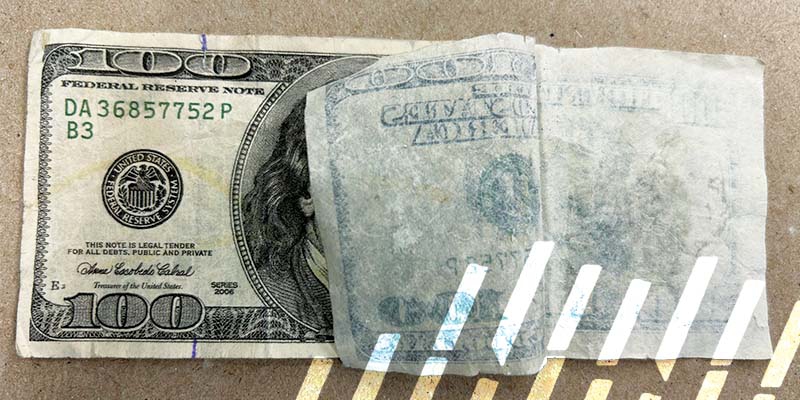Discover making uses of Imitation Money in Artistic Creations and Theatrical Performances
Phony cash, often synonymous with deceptiveness and outrage, holds a peculiar appeal when it discovers its way right into the realm of theatrical performances and creative creations. As we dive into the diverse usages of fake cash in these innovative domain names, we start to discover a globe where authenticity and imitation blur, motivating us to examine the very nature of worth and representation within art and efficiency.

Historical Significance of copyright in Art
The historic value of copyright in art is a complicated and fascinating subject that clarifies the intersection of creative thinking, subversion, and socio-political discourse. Throughout background, artists have actually made use of funny money as a device for difficult societal norms, questioning the value of currency, and making effective statements about wealth and power.
Among one of the most significant examples of copyright cash in art days back to the Dada activity of the very early 20th century - copyright money for sale. Artists such as Marcel Duchamp and Hannah Höch included copyright right into their jobs to criticize the capitalist system and check out the concept of value in a rapidly transforming globe
Furthermore, during times of financial instability or political upheaval, funny money has actually been made use of by musicians as a form of objection or rebellion. By developing and circulating phony currency, artists have actually had the ability to disrupt the condition quo, obstacle authority, and provoke essential discussions regarding the role of money in culture.
Effect of copyright on Visual Arts
By incorporating phony money right into their works, musicians provoke conversations on the nature of worth, authenticity, and social understandings of riches. The use of phony cash in art additionally raises moral factors to consider pertaining to the limits of creative expression and the ramifications of reproducing lawful tender. On the whole, the impact of copyright currency on aesthetic arts is multifaceted, stimulating critical reflections on the junction of money, art, and social worths.
Symbolism and Meaning in Theatrical copyright Displays
Utilizing theatrical fake display screens, artists employ symbolic depictions to share deeper significances and stimulate provocative analyses within the realm of performance art. Through the incorporation of funny money in staged manufacturings, developers can explore styles such as greed, power, corruption, and the illusion of wealth. Making use of phony money on stage can offer as an allegory for societal concerns, economic differences, and the fragility of financial systems.
In staged performances, the symbolic worth of funny money extends past its monetary worth. It can symbolize the deceitful nature of appearances, the pursuit of materialistic desires, and the repercussions of unethical behavior. By utilizing funny money as a prop, musicians can challenge target markets to examine truth meaning of wealth and the ethical limits that individuals might cross in its search.
Moral Considerations being used Funny Money for Art

One significant moral consideration is the prospective legal effects of making use of funny money in art. Counterfeiting currency is illegal in many countries and can result in serious effects for musicians who knowingly integrate Go Here imitation bills into their work. copyright money for sale. This not just puts the artist in danger yet likewise elevates concerns regarding advertising unlawful activities through art
Furthermore, there is an ethical predicament concerning the credibility of the art work itself. Using funny money obscures the line between reality and replica, potentially deceiving customers and endangering the honesty of the creative piece. Musicians have to consider whether the use of imitation money lines up with their worths and imaginative intents, considering the possible effect on their reputation and trustworthiness.
Future Fads in Funny Money Integration
Taking into consideration the progressing landscape of creative expression, the consolidation of copyright in creative works may witness a shift in the direction of innovative and provocative opportunities. As musicians remain to press limits and check out brand-new tools, funny money might progressively be used to test social norms, question the value of money, or make effective declarations about wide range and consumerism.
One future fad in phony money integration can be its usage in immersive art installations where audiences are encouraged to communicate with the items, blurring the lines in find out this here between reality and impression. Additionally, innovations in modern technology may bring about the creation of hyper-realistic funny money that is basically indistinguishable from authentic currency, opening opportunities for much more in-depth and complex art work.
In addition, collaborations in between musicians and counterfeiters could lead to unique pieces that integrate traditional artistic techniques with the craftsmanship of producing phony cash. Ethical factors to consider bordering the legality and principles of making use of phony cash in art will certainly continue to be a point of view website opinion as these future trends unravel.
Verdict
In final thought, the usages of imitation money in theatrical performances and imaginative creations have a lengthy history and continue to be a source of motivation for artists. The integration of imitation money in art is likely to proceed progressing in the future.
On the whole, the impact of copyright currency on visual arts is multifaceted, promoting vital representations on the junction of cash, art, and societal values.

In final thought, the uses of copyright cash in creative productions and staged performances have a lengthy background and continue to be a source of motivation for artists. Honest considerations must be taken into account when making use of phony cash for imaginative functions. The assimilation of copyright money in art is most likely to continue evolving in the future.